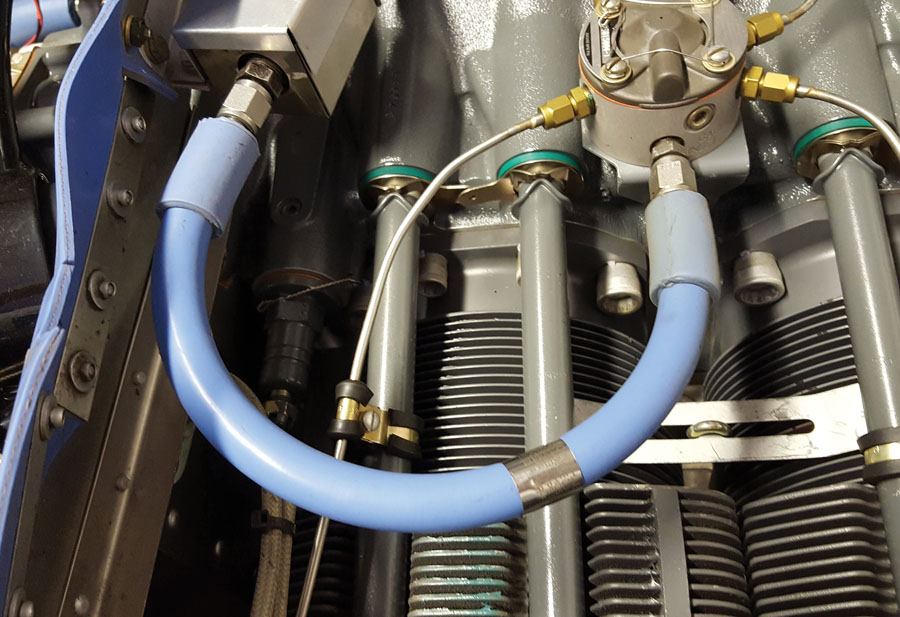I'm rather familiar with the area. It's complicated but I've been there somewhat often and definitely have driven on the road where this plane crashed. Juan Browne did a vid that includes this, and the pilot apparently just went around in circles doing touch and gos around the airport just for fun going up and down at wide open throttle.
https://abc7news.com/small-plane-crash-concord-buchanan-field-airport-contra-costa-fire/14375931/
It's a little bit different because the city of Concord contracts with the county fire department. The crash site is definitely within city limits.
https://abc7news.com/small-plane-crash-concord-buchanan-field-airport-contra-costa-fire/14375931/
It's a little bit different because the city of Concord contracts with the county fire department. The crash site is definitely within city limits.

